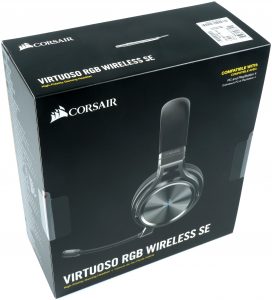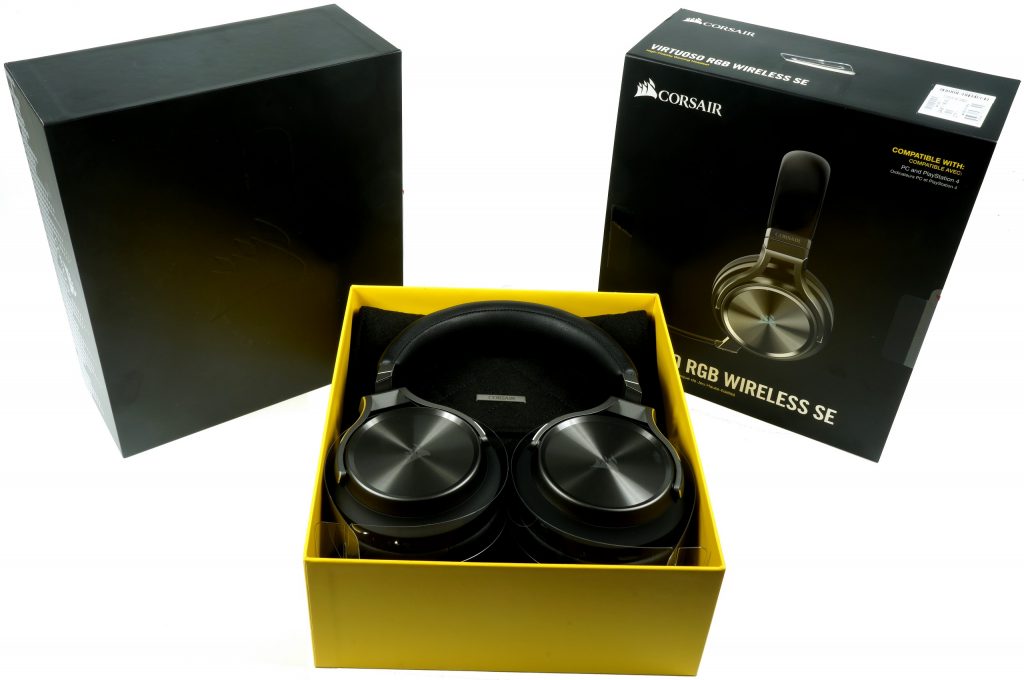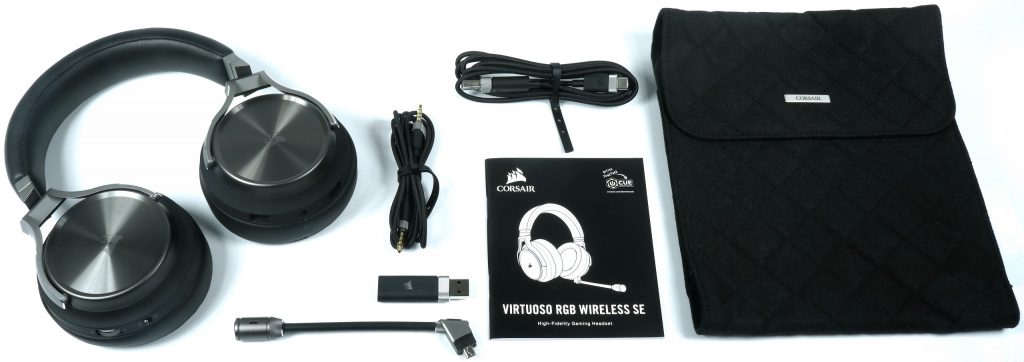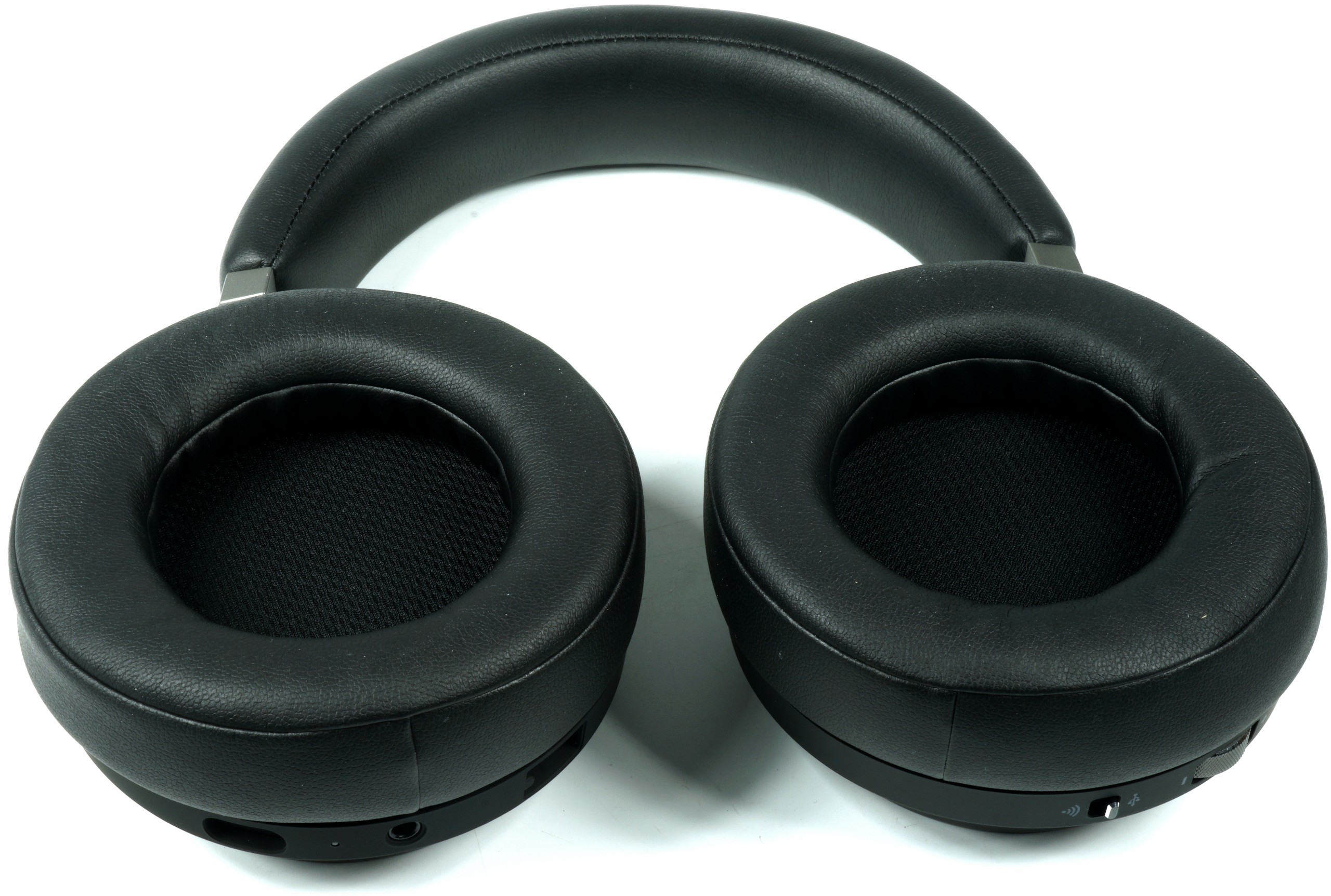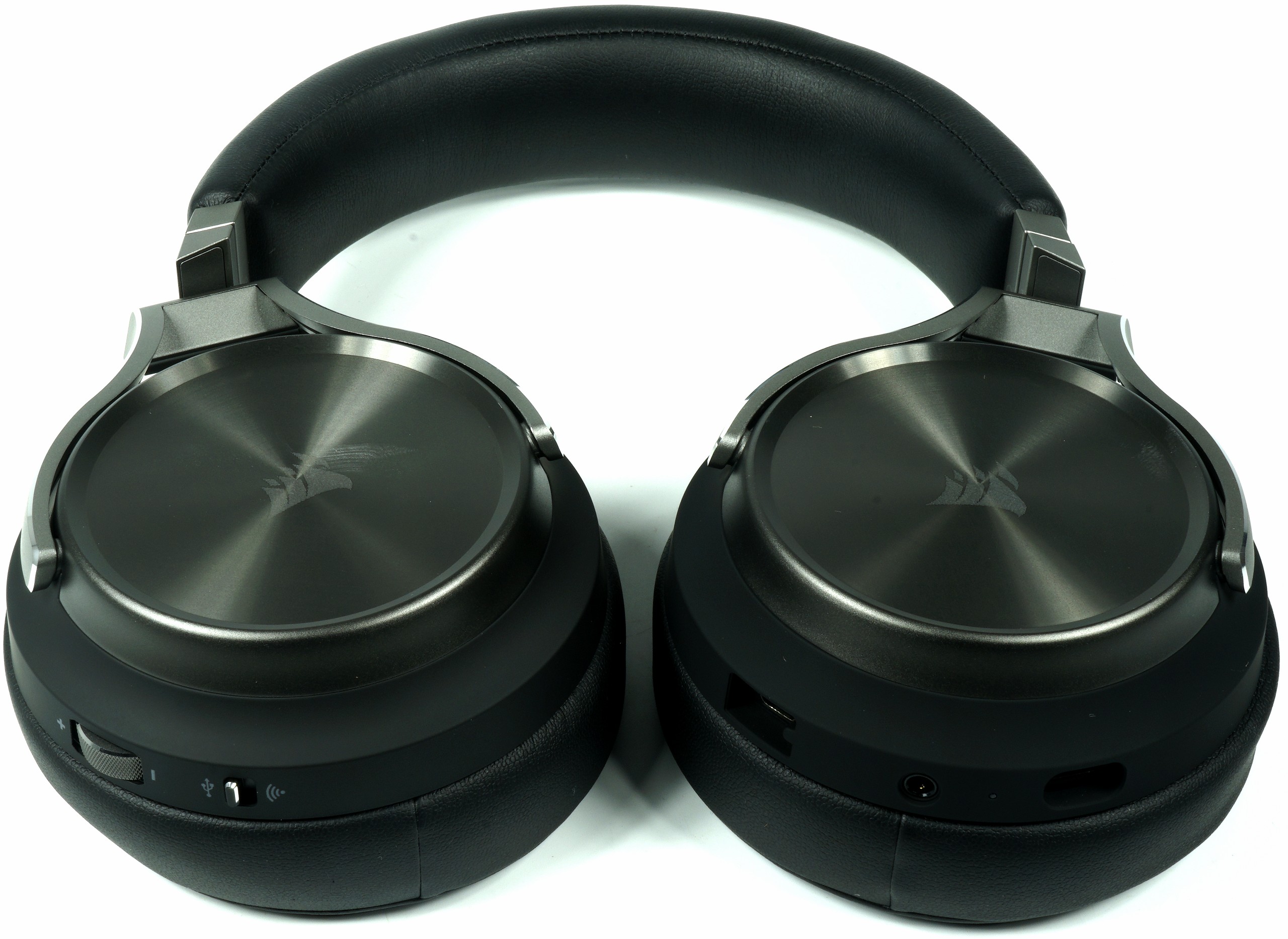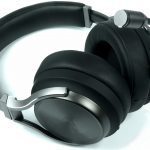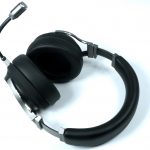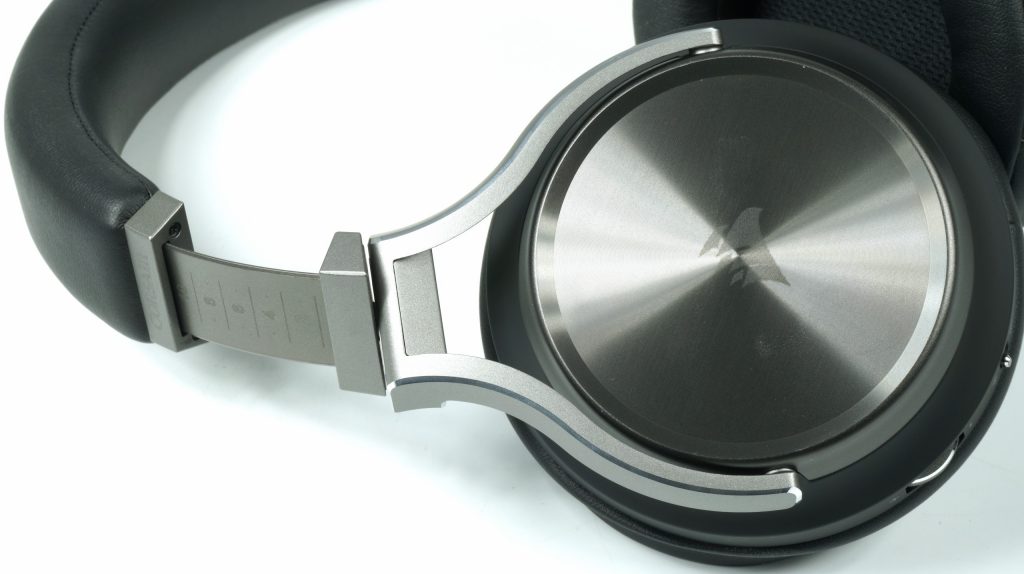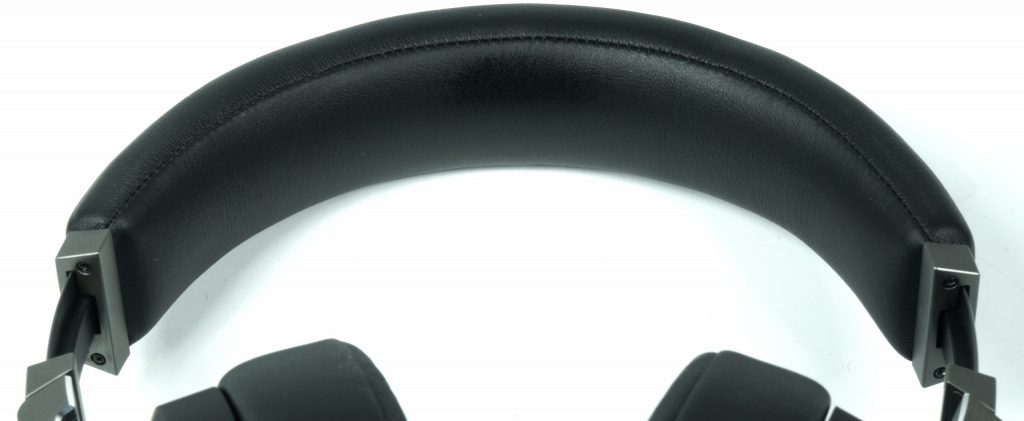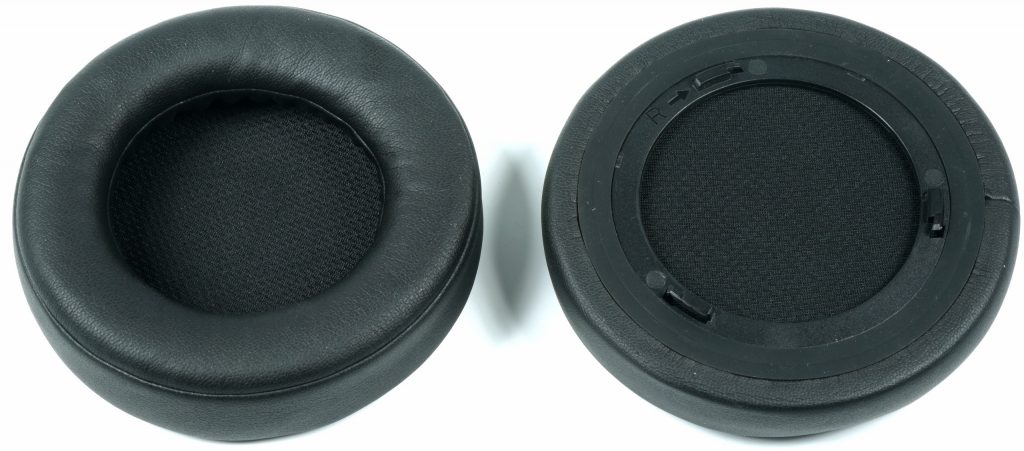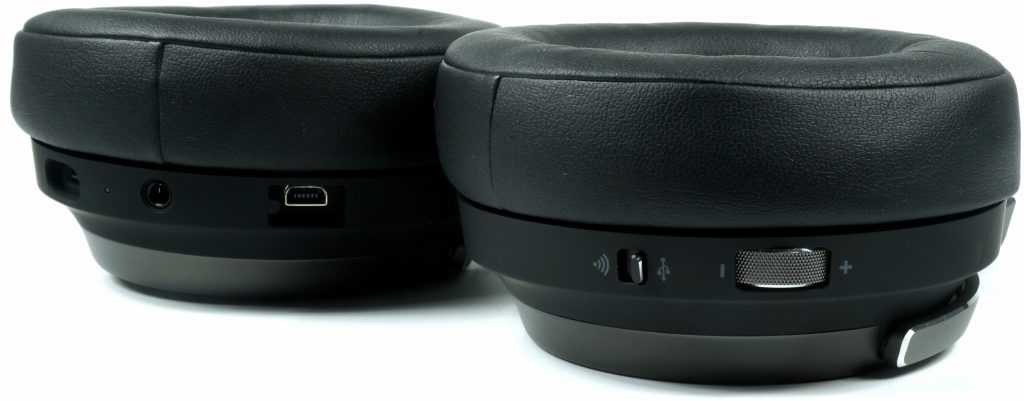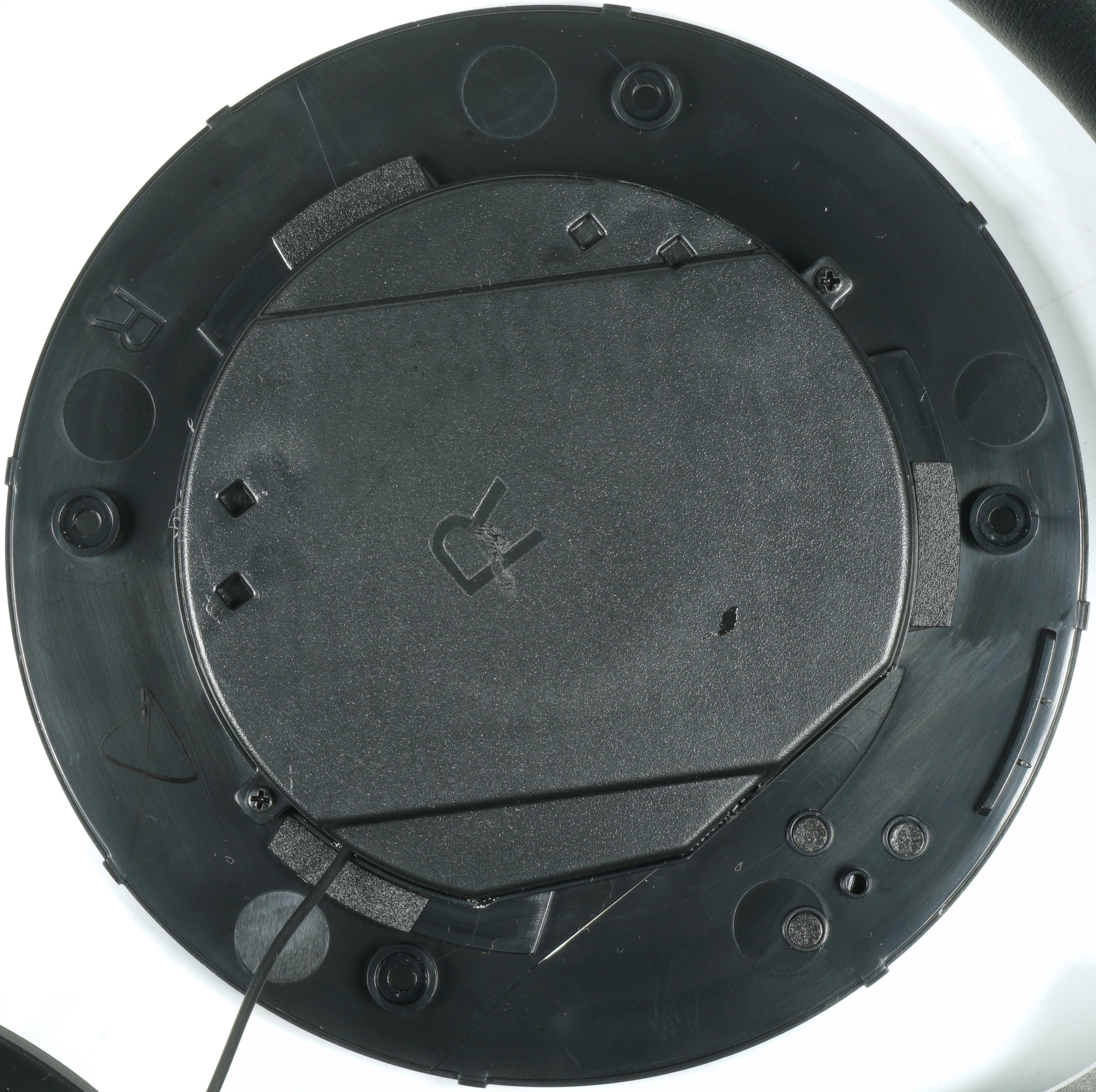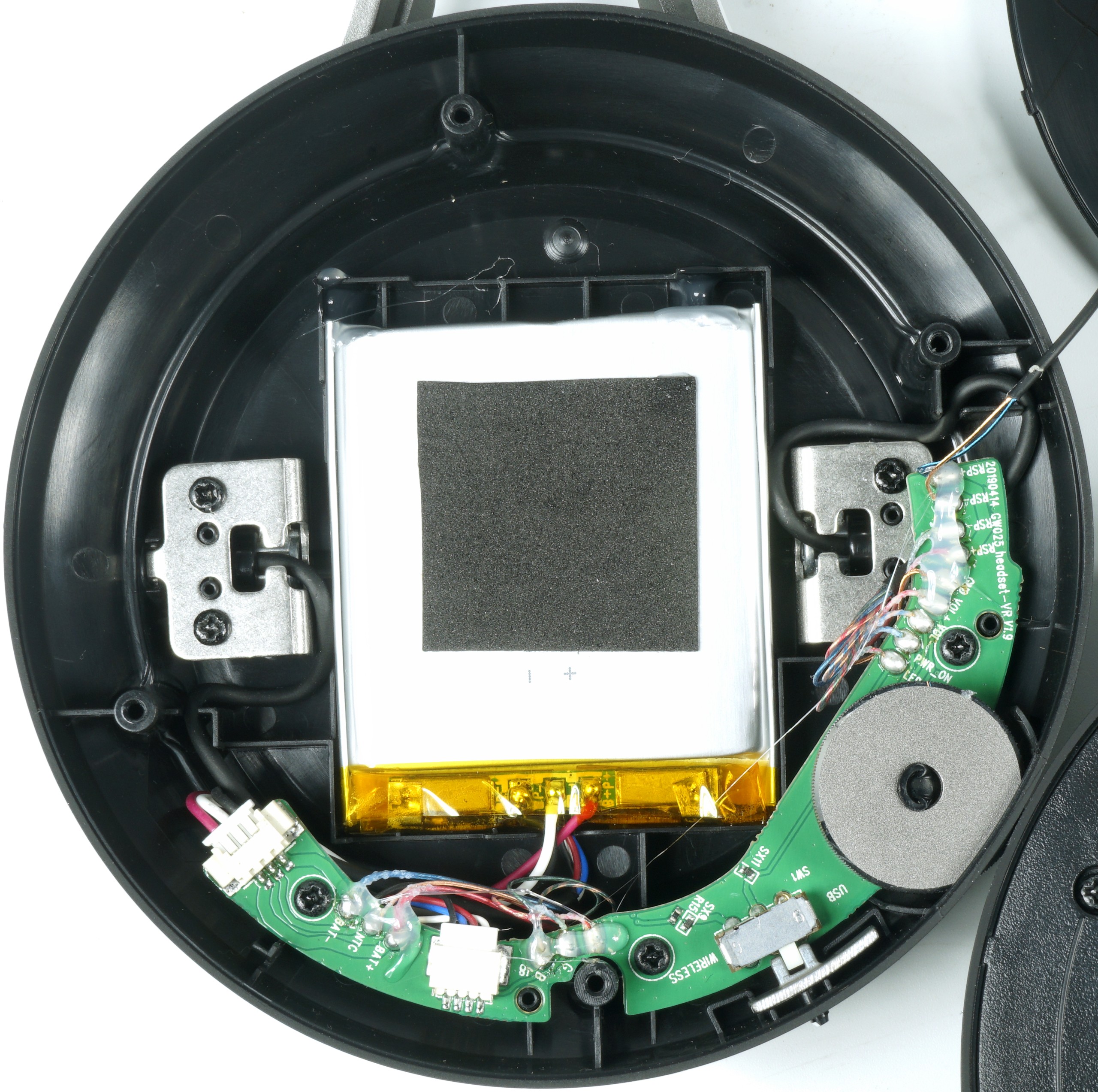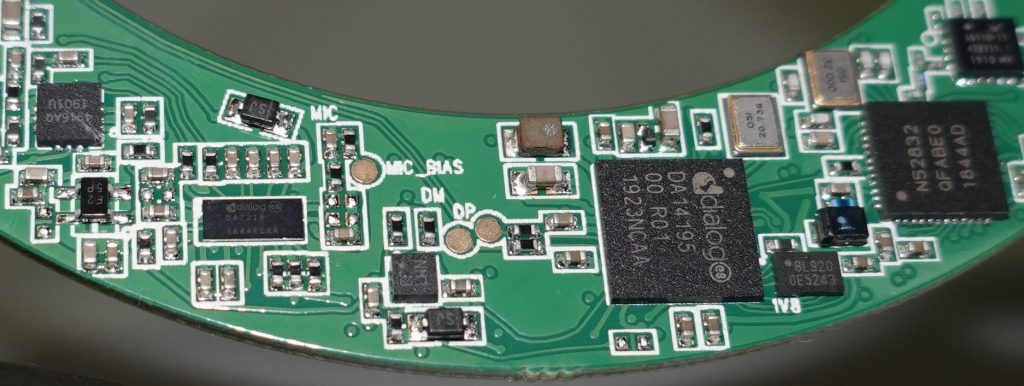I always have a hard time with superlatives, especially in the area of gaming headsets. Almost always for a good reason, and very rarely in a positive sense. But if exceptions confirm the rule, then today is a state of exception. Of course I don’t want to spoil too much, but I have to point out that it’s really worth reading on. Because if I already picked a pearl, then hopefully the written should be read (completely).
No, the Virtuoso isn’t quite perfect either, because that wouldn’t even work for the targeted 180 Euro MSRP. But if I compare the headset with similar offers, then the bid for this price seems quite fair. And since I am very sure that Corsair has self-confidently pumped a lot of media with samples, I will focus my review on what I can do best: Material analysis, complete break-down, PCB and chip analysis, microphone test as well as the audio chambers with the usual measurement curves and listening. Because this time it was really worth the effort.
By the way, Corsair never got tired of pointing out that this was a completely new design and that the focus was on sound quality and workmanship. Well, almost everyone in this price segment says that and most of the time you don’t really listen to something like that anymore. But this time it provoked a bit of curiosity and so I went on a search in Asia to investigate the birth process more closely. Of course, many things are hermetically covered, but somewhere there is always an air bubble you can stab into.
Actually, the headset should already have been launched, because it has already been presented more or less exemplarily. Only with the market launch there was a little time lag. After all, the final test for the certification was not finished until 16.07.2019 (SGS-CSTC Standards Technical Services Co., Ltd. ) and I also got this test report on various detours to be able to include further technical details in the article. Interesting is also the wireless technology, which has to be tested and evaluated in detail before it can be sold. At least one can certify Rick Ho, Senior Project Manager at Corsair, that the effort was worth it. But more about that later.
Package contents and software
In the nicely designed packaging you will find the headset, a pluggable microphone arm, the USB wireless dongle, a USB Type-C cable with A-connector for the PC, a directly connectable 3.5 mm multifunctional jack cable (TRRS) for portable devices (and the PC), a manual and a rather solid textile carrying case. But you don’t need a hardcase, which is easy to get over. You don’t need more, because the headset can be used out-of-the-box without the iCue software. You can use the USB cable (you can charge the battery at the same time) or the dongle helps with Plug and Play.
If you want to make your sound even better, you’ll be happy with the latest iCue software. Sound profiles up to bass boost are selectable and also the illuminati should be fully satisfied at the RGB altar. If you like, please browse through the gallery below, which shows the most important screenshots from iCue. The whole thing is stable, so that after this little essay I prefer to concentrate on the essentials, namely the headset itself.
Optics, haptics and wearing comfort
For almost 180 Euro MSRP, you can get a lot of things concerning the choice of materials and the design. Such a gun metal look as a combination of real light metal and very cleanly processed plastic in a completely matching colour shade must first be achieved. And some places have to be touched in order to be able to classify the material in a really safe way. Optically, the headset is an unobtrusive but solid eye-catcher. So that’s a good idea.
All in all, the metallic version leaves a fundamentally decent impression, especially since the headset completely lacks the usual gaming attitudes. Without a microphone, the part would also pass through as a decent wireless headset. Of course, the 369 gram part is not a lightweight, but it’s not a sumo wrestler on the wrong track either. For a powerful over-ear headset with a reasonably long battery life, Corsair is on a good level.
The joint mechanism is sophisticated. A total of 3 axes are of course sufficient so that the shells can be touched perfectly on the ear. The earpiece with the very fine grooved edge looks like metal, but is made of plastic. The Corsair logo glows and shines with the contented illuminati in a race.
Nothing pushes or pulls, especially since the headband, which can be pulled out far enough, sits very tightly in the temple and a clearly defined grid also prevents unintentional changing of the setting. This even works with hat size 64 and is therefore also suitable for North America and Europe. Nevertheless, the headset doesn’t sit too loosely and you probably won’t be able to move it into a respectable drop parabola until the ambitious headbang.
The cow, from whose fur the soft imitation leather of the pad and that of the two removable ear cushions was cut, unfortunately only got to eat pure polyurethane in her short laboratory life. This closes softly and extremely tightly, but also ensures a very special microclimate after prolonged wearing. It’s a good thing that the two ear warmers are very easy to remove and attach with a light twist, then it also works with hygiene for in between.
As beautiful as the ultra-soft memory foam may be for the pressure point fanatics, it is somewhat detrimental to the sound if the listener is pressed too close to the ear. I can only advise everyone to optimize the seat once more with the sound source running.
The connectors are quickly explained and I start from left to right, also shell-like. Let’s start with the left shell. The USB-C socket holds the 1.5 meter long charging cable and also serves as a USB port in addition to feeding the battery. Then the built-in DAC becomes active and everything works like normal wired headphones. The analogue TRRS input with the usual 3.5 mm jack socket allows connection to mobile devices and the proprietary connection for the microphone (USB-like) replaces the usual jack socket. This saves space on the board inside, but is also not more stable.
The right shell still carries the volume control (electric) and the switch between USB and Bluetooth operation modes. The battery is located in this right shell, while the main board is on the left. But also more about that at the break- and tear-down, if I disassemble everything.
The microphone arm is very flexible and can be easily adapted to your own physiognomy. The mute switch on the plug does what it should and the microphone ring shines like the eighth wonder of the world, depending on the mute position. And once you’ve installed iCue, you’ll also find the appropriate switching comments. And the Side-Tone control doesn’t leave you completely in the isolation of the headset, but mixes the microphone with it.
Screwed on and disassembled: Tear-down (almost) all components
If you remove the padding, four screws let you quickly into the interior. Since Corsair has nothing to hide, you can confidently afford such easy access. RMA-friendly is that at all times and the price range also appropriate. The 50mm neodymium drivers sit in a closed chamber without any acoustic frippery like bass tubes or double chamber resonators. Thanks for that! The pictures below show the right shell with the 1200 mAh battery and the smaller PCB with the BT-switch and the volume control.
According to Corsair, the battery should be good for up to 20 hours, but this also depends on the volume setting. In headset mode with DAC and ADC together with the built-in processors and the AMP, almost 200 mW are certainly required for the circuit board, even at moderate volume levels. After about 14 hours the light and sound went out, which is a good value considering the built-in technology and the music sound in the loop. When playing with changing sound levels this can last longer, of course.
The following picture gallery also shows the disassembled two auricles. The pictures with the blue background are taken from the supplement to the FCC test report by SGS, which I got myself, the rest from my dissection table. Saves work and has a little touch of espionage 🙂
Of course I also took a closer look at the PCB and its assembly. The battery is charged via the USB, a suitable circuit against overcharging or for a smart charge retention is available on the other board (see DA14195). The right board is more responsible for the peripherals, the left board for the main part. Let’s start with the following picture of this board from the right and then go to the left. Corsair uses an nRF52832 from Nordic, which is a very interesting chip. It connects a 2.4 GHz transceiver for the Bluetooth Low Energy Mode and a 32-Bit ARM Cortex processor with FPU and a properly built-in flash memory and realizes with the individual programming what Corsair sells as Slipstream technology. The 12 meters in the field of view are very sporty, but up to 10 meters it is possible at least without lags and break-ins.
The Dialog DA14195 is in fact a kind of eggplant for mobile audio solutions. The part works as a co-processor for Bluetooth, USB and the analog connection and also uses a 32-bit ARM Cortex-MO MCU. Also on board is Hi-Fi DSP 3 (Tensilica), the necessary USB HS/FS interface, multiple HCI clocking for Bluetooth integration, a triple stereo converter with a sampling rate of up to 192 kHz, a dual 10-bit DAC for the input (microphone), QSPI flash and the already mentioned charging circuit for the Li-polymer battery on the left.
The elongated DA7217/18 is an audio codec that provides both DAC for stereo output and ADC for microphone recording. The chip is also designed to save power (4 mW playback, 2.5 mW recording) and should offer up to 110 dB dynamic range. Corsair advertises with the Hi-Res Audio Label, which is certainly feasible at 24 bit and 96 kHz, but only bats and their own PR are interested. However, no amplifier is integrated here. For this Corsair uses a SGM4916 from SGMicro, whose gain can be individually defined externally by resistors. This chip in the current circuitry has a power of 50 mW (THD+N < 1%) per channel, which is not a bad value. With a given sensitivity of 109 dB/mV, there’s a lot going on, even wirelessly.
Before we come to the measurement, I have attached the print template of the manual as PDF. This was also relatively easy to get from Asia. So if you are interested in all the details, light signals and features: just browse!
02 User Manual














